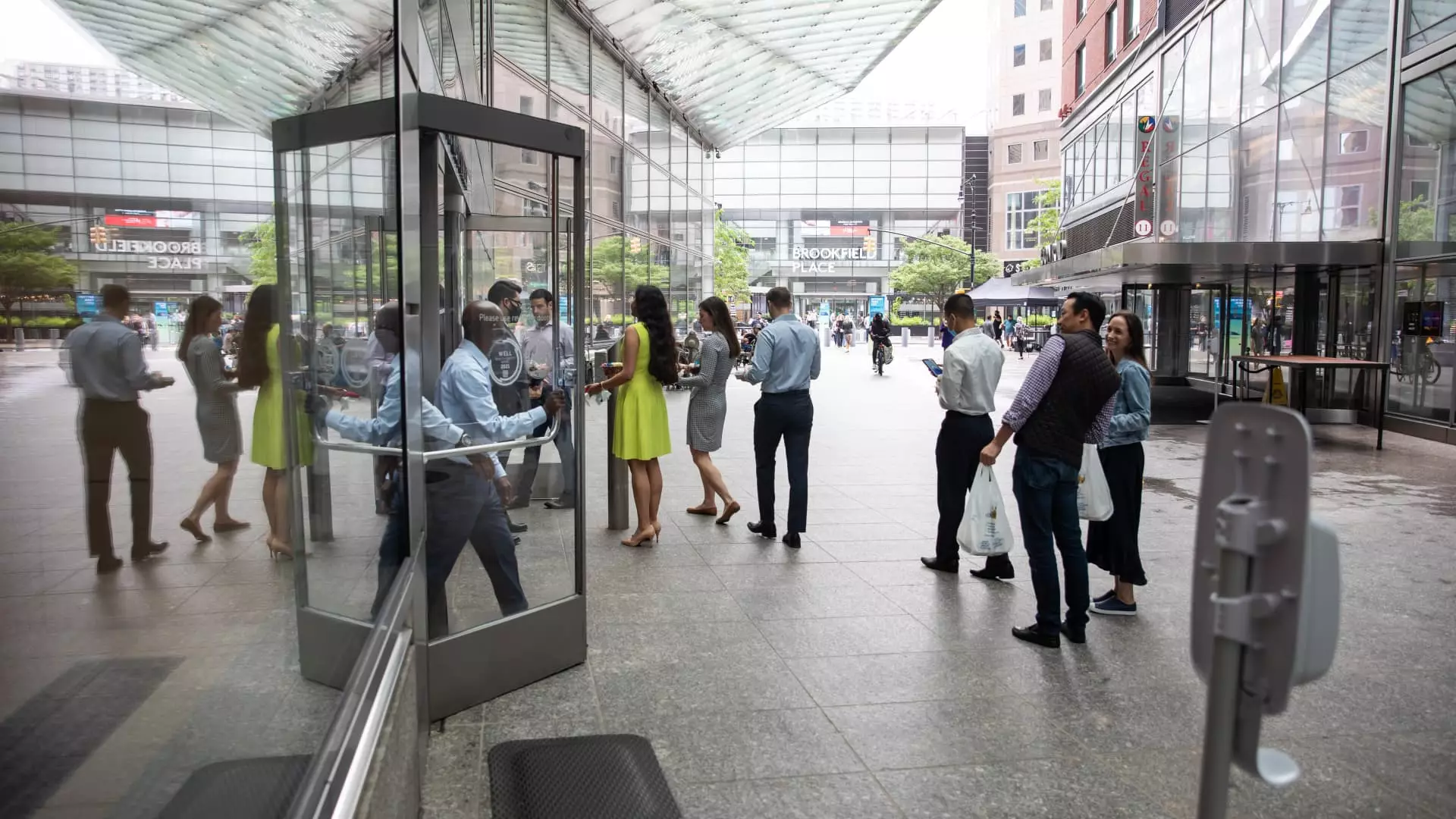In the first quarter of 2025, a seismic shift has occurred in the business dialogue of the S&P 500, with the term “tariffs” dominating the conversation, landing on over 350 corporate earnings calls. This marks a significant departure from the previously revered buzzwords like “artificial intelligence,” which have garnered merely half the attention at fewer than 200 calls. The surge in tariff discussions is not incidental but rather a direct response to the tumultuous policy environment ushered in by President Trump, whose aggressive tariff strategy has sent ripples of anxiety throughout the corporate world. This onslaught of economic uncertainty is proving to be not just a passing concern but a fundamental threat to the stability of business forecasting and economic growth.
Executives on Edge: The Fear of Pricing Pressure
The anxiety around tariffs has taken on a life of its own, characterized by a firm belief among executives that these import taxes could undermine consumer spending and possibly plunge the economy into recession. A revealing survey conducted in April indicated that more than 60% of CEOs foresee an economic slowdown over the next six months. Their bone of contention? Nearly three-fourths of these executives believe that tariffs will inflict serious damage on their operations. When Christopher Clulow, head of investor relations at Cummins, describes a “great degree of uncertainty” regarding tariffs, he encapsulates a feeling that pervades boardrooms across the country.
What’s even more alarming is the stalling effect tariffs have placed on corporate growth projections. Executives are grappling with the pressures of evolving tariffs while attempting to maintain a façade of stability. As many organizations have chosen to leave financial outlooks unchanged, they are essentially betting on hope and prayer rather than concrete data. The chaos doesn’t just impact larger firms; the overwhelming sense of unpredictability is trickling down to small businesses, creating a vicious cycle of trepidation and stagnation.
The Dilemma of Forecasting with Tariffs in Play
In a telling reflection of this turmoil, Solventum, a new offshoot from 3M, chose to keep its earnings per share guidance static. Solventum’s CEO, Bryan Hanson, candidly articulated that the lingering shadows cast by tariffs have overshadowed what could have been an optimistic earnings projection. “To be clear, tariffs will be a headwind for us this year,” he noted, highlighting a painful reality that many companies now face. The once robust correlation between positive business momentum and earnings guidance has been severed by the sheer unpredictability of tariffs.
This is not merely an inconvenience but a systemic crisis that alters the trajectory of businesses and the economy at large. The uncertainty regarding how tariffs will shape consumer perceptions has resulted in a chilling effect on robust spending. Consider the findings from the University of Michigan’s consumer sentiment index, which has recently plummeted to levels rarely seen since its inception in the 1950s. A situation where both consumers and retailers are mired in uncertainty will inevitably result in reduced economic activity.
A Political Division: The Industry vs. Presidential Policy
The stress brought on by tariffs hasn’t gone unnoticed among industry leaders, with some executives openly directing their critique towards the Trump administration’s policies. Eli Lilly’s CEO, David Ricks, emphasized the importance of supporting domestic investment while also managing the detrimental effects of tariffs on business strategy. Such comments underscore a mounting tension between corporate aspirations and the realities of governmental interventions.
What exists is not just a dialogue but an urgent call for sensibility in economic policy. The aim should not merely be to increase domestic investment but to do so in a manner that fosters sustainable growth rather than inciting fear and hesitation in the markets. High-stakes interventions are rarely a solution and often prove to be a slippery slope toward economic disaster.
As the 2025 corporate landscape evolves, it’s becoming increasingly clear that the conversation is not about artificial intelligence anymore—it’s about the 340 reasons why mismanaged tariff policies can suffocate innovation while fanning the flames of economic malaise. We might find ourselves at a crucial juncture, where dialogue must translate into advocacy for sensible and effective economic policies that prioritize entrepreneurial spirit over short-term political gains.

